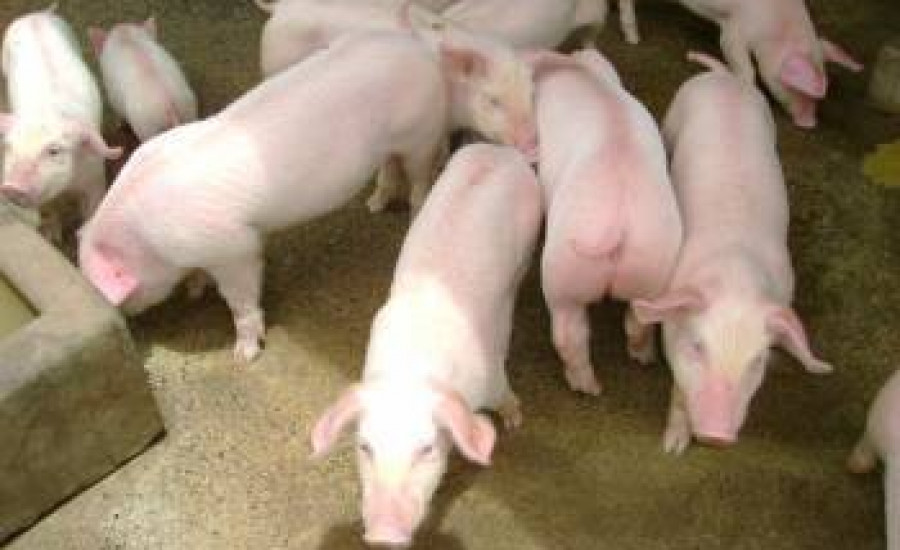El profesor Paul Brassley analiza en la Facultade de Veterinaria de Lugo los inicios de la inseminación artificial en el ganado porcino

Hoy 30 de octubre en el Aula-Seminario del Departamento de Genética de la Facultade de Veterinaria en el Campus de Lugo, a las 12.00 horas, el Profesor Paul Brassley participará en un seminario organizado por el grupo HISTAGRA en el que impartirá la conferencia: "Cutting across nature? The history of artificial insemination in pigs in the United Kingdom", basado en el texto homónimo: BRASSLEY, P. (2007): Elsevier Ltd. All rights reserved.
La inseminación artificial tiene una importancia considerable a nivel cultural, mucho más allá de sus impactos económico y técnico, y este estudio del profesor Brassley fue uno de los primeros en examinar la historia de su uso en el caso de los cerdos, además de ofrecer testimonios sobre su utilización surtidos por científicos implicados en su desarrollo y por algunos de los primeros ganaderos en aplicarla en sus explotaciones.
ABSTRACT "Cutting across nature? The history of artificial insemination in pigs in the United Kingdom" (BRASSLEY, P. (2007): Elsevier Ltd. All rights reserved)
Artificial insemination (AI) has a considerable cultural significance in addition to its economic and technical impact. This study is the first to examine the history of its application to pigs, and uses evidence provided directly by both the scientists involved in its development, and some of the farmers who were among the first to use it, in addition to archival and published sources, to show how the scientific studies of the 1950s evolved into a widely available commercial product by the 1980s. It describes the initial scientific work and quantifies the extent to which the technique was used at various points in time, showing that by 1990 nearly one half of UK pig herds were using AI for more than 25% of all services. It traces changes in the techniques employed and argues that these were the result of a multi-dimensional process of contemporaneous change. The various dimensions are identified firstly as authorities, meaning the people and organisations controlling the perception, administration, control, and so on, of the technique; secondly the discourses employed by the authorities; and thirdly the media by which the discourses were disseminated. Finally, it is suggested that this approach might be used more widely to examine the construction of other technologies.